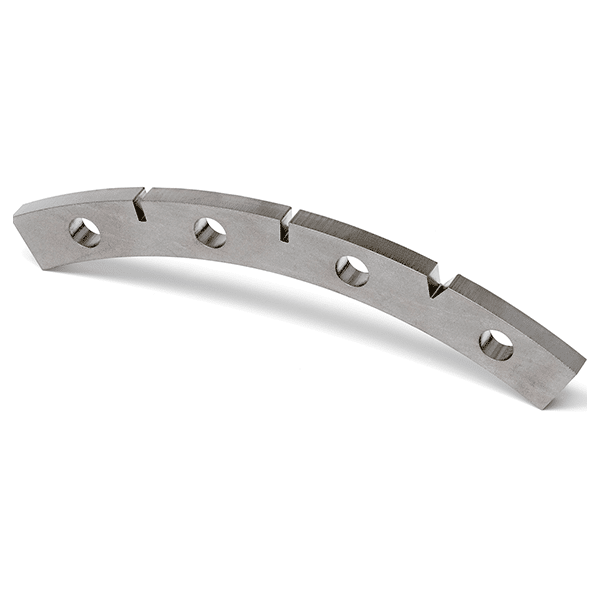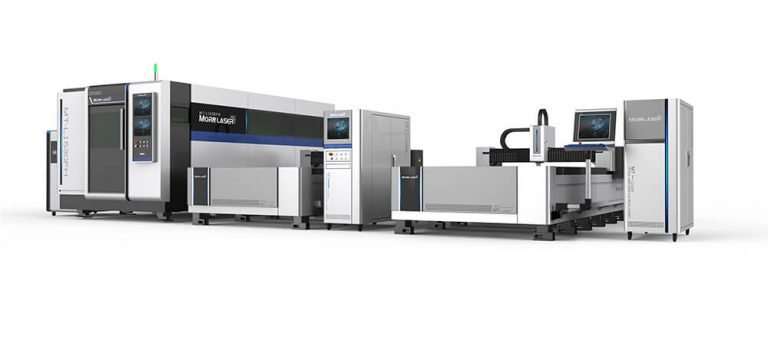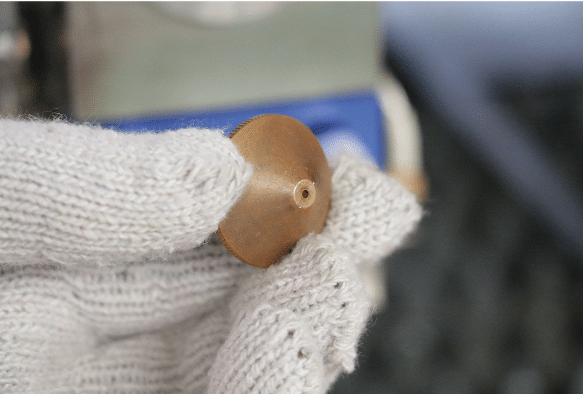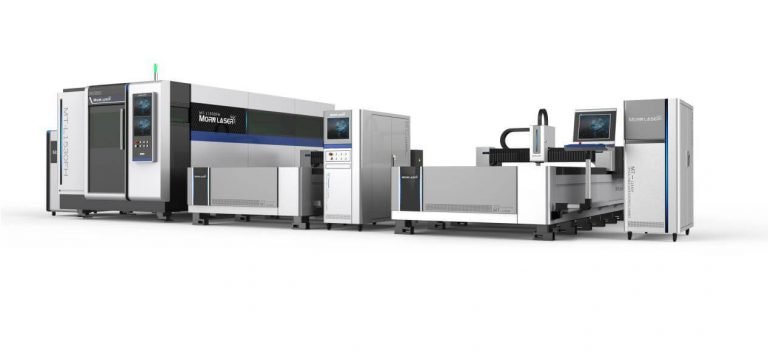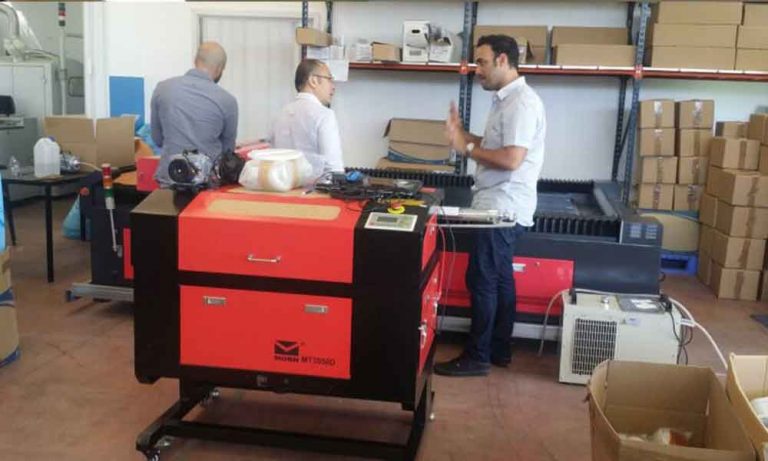Table of Contents
What materials can the fiber laser cutting machine cut
Fiber laser cutting is to replace the traditional mechanical knife with an invisible beam. It has the characteristics of high accuracy, fast cutting, not limited to the cutting pattern, automatic typesetting, saving material, smooth cutting, and low processing cost. It will be gradually improved or replaced traditional metal cutting process equipment.
Metal laser cutting machines can process materials. Although almost all metal materials have high reflectivity to infrared energy at room temperature, CO2 lasers emitting 10.6um beams in the far-infrared band are still successfully used in laser cutting of many metals practice.
Cutting of six metal materials
Carbon steel
Modern laser cutting systems can cut carbon steel plates with a maximum thickness of up to 20 mm. The cutting seam of carbon steel can be controlled within a satisfactory width range by using the oxidation melting cutting mechanism, and the cutting seam for thin plates can be as narrow as about 0.1 mm.
stainless steel
Laser cutting is an effective processing tool for the manufacturing industry that uses stainless steel sheet as the main component. With strict control of the heat input in the laser cutting process, the heat-affected zone of the trimming can be restricted from becoming small, thereby effectively maintaining the good corrosion resistance of such materials.
alloy steel
Most alloy structural steels and alloy tool steels can be used to obtain good trimming quality by laser cutting. Even for some high-strength materials, as long as the process parameters are properly controlled, straight, non-sticky slag cutting edges can be obtained. However, for tungsten-containing high-speed tool steel and hot mold steel, there will be erosion and slag sticking during laser cutting.
Aluminum and alloys
Aluminum cutting is a melting cutting mechanism, and the auxiliary gas used is mainly used to blow away the molten product from the cutting area, and usually a better cut surface quality can be obtained. For some aluminum alloys, attention should be paid to prevent the occurrence of micro-cracks between the surface of the slit.
Copper and alloys
Pure copper (red copper) basically cannot be cut with CO2 laser beam due to its high reflectivity. Brass (copper alloy) uses higher laser power, and the auxiliary gas uses air or oxygen, which can cut thinner plates.
Titanium and alloys
Pure titanium can well couple the heat energy converted by the focused laser beam. When oxygen is used as the auxiliary gas, the chemical reaction is fierce and the cutting speed is faster, but it is easy to form an oxide layer on the cutting edge, and it can cause overburn if you are not careful. For the sake of safety, it is better to use air as the auxiliary gas to ensure cutting quality. The laser cutting quality of titanium alloy commonly used in the aircraft industry is better. Although there will be a little sticky residue at the bottom of the cut seam, it is easy to remove.
Generally speaking, it is recommended to use a laser cutting machine to cut metal materials such as carbon steel plates within 12mm and stainless steel plates within 10mm. The laser cutting machine has no cutting force, no deformation in processing: no tool wear, good material adaptability: no matter simple or complex parts, it can be cut with laser precision and rapid prototyping at one time: its slit is narrow, the cutting quality is good, and the degree of automation is high. Easy to operate, low labor intensity, no pollution: it can realize automatic cutting and nesting, improve material utilization, low production cost, and good economic benefits. When choosing laser equipment, we must not only consider the characteristics of our own product materials, but also consider the performance of the laser equipment, so that we can find the laser equipment suitable for our industry products.


